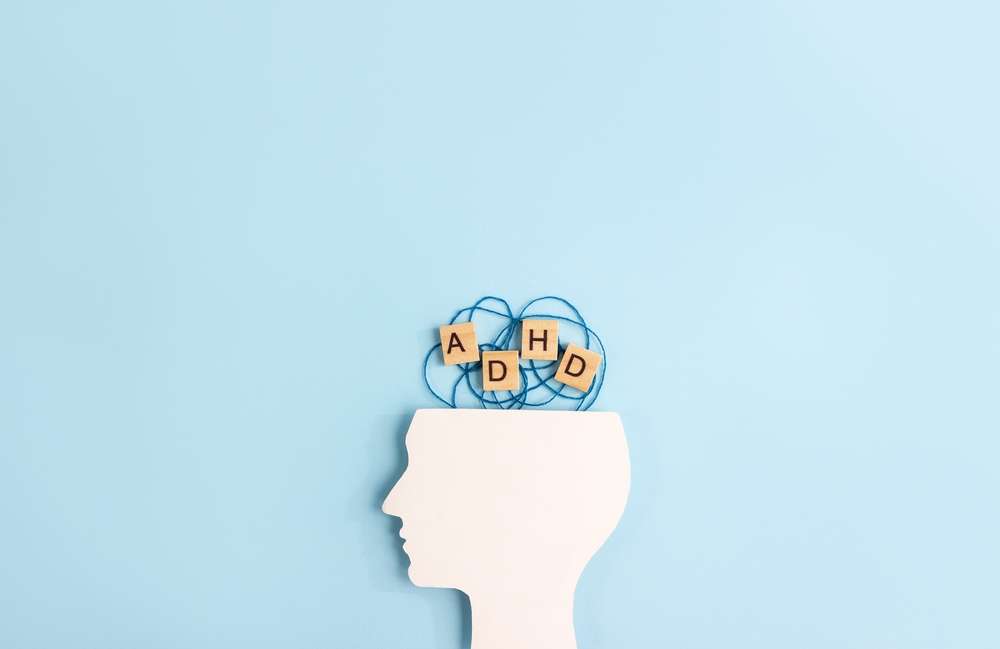Approaches to Brain Atrophy Treatment and Support
Brain atrophy — the loss of neurons and the connections between them — can result from many causes including aging, stroke, inflammation, neurodegenerative disease, and trauma. Treatments focus on slowing progression where possible, addressing underlying causes, and supporting function through rehabilitation and lifestyle measures. Early diagnosis and a coordinated care plan involving neurology, rehabilitation, and primary care are important for personalized management and monitoring.

This article is for informational purposes only and should not be considered medical advice. Please consult a qualified healthcare professional for personalized guidance and treatment.
Can fruit affect brain atrophy progression?
Dietary patterns that include a variety of fruit are associated with overall brain health in observational studies, likely because fruits provide vitamins, antioxidants, and fiber that support vascular and metabolic health. While fruit alone is not a treatment for brain atrophy, incorporating fruit into a balanced diet may support vascular risk factor control (blood pressure, cholesterol, blood sugar) that can influence the pace of atrophy. Clinicians generally recommend whole fruit over juice to preserve fiber and reduce rapid sugar spikes.
How does brain treatment typically work?
Treatment begins with identifying the cause of atrophy: vascular contributions are treated by managing hypertension, diabetes, and lipids; inflammatory causes may need corticosteroids or immunotherapy; and reversible metabolic or infectious causes require targeted therapies. Symptom-directed treatments — such as medications for mood, sleep, or movement symptoms — are used alongside nonpharmacologic approaches. Regular imaging and cognitive testing help clinicians track progression and adjust therapy. Multidisciplinary coordination, including neurology, rehabilitation, and primary care, is central to effective management.
What lifestyle changes support brain health?
Lifestyle measures that reduce vascular risk and support neuronal resilience are often recommended. Regular aerobic exercise, quality sleep, tobacco cessation, stress management, and a diet rich in whole foods can contribute to better outcomes. Cognitive stimulation and structured rehabilitation — occupational, physical, and speech therapies as relevant — help maintain function even if structural loss is present. Access to local services such as neurorehabilitation programs and community resources can provide ongoing support for daily living and functional goals.
Are blueberries beneficial for cognitive support?
Blueberries are frequently discussed because they are rich in polyphenols, particularly anthocyanins, which have antioxidant and anti-inflammatory properties in laboratory studies. Some population and small clinical studies suggest associations between higher blueberry intake and modest cognitive benefits, but evidence is not definitive as a treatment for brain atrophy. Including blueberries as part of a fruit-rich diet is reasonable for overall nutrition and may contribute to vascular and cellular health as one component of an overall care plan.
Can avocados contribute to brain protection?
Avocados provide monounsaturated fats, vitamin E, folate, and other micronutrients that support cardiovascular and metabolic health; these factors are indirectly linked to brain health because they influence blood flow and oxidative stress. Like other single foods, avocados are not a standalone therapy for brain atrophy, but they can be a nutritious part of a diet aimed at managing risk factors associated with structural brain changes. Encouraging a variety of nutrient-dense foods is more important than relying on any single item.
Conclusion
Management of brain atrophy is multifaceted: it targets underlying causes where possible, uses symptom-directed medical and rehabilitative approaches, and emphasizes lifestyle factors that support vascular and neuronal health. Foods such as fruit, including blueberries and avocados, can be part of a broader dietary strategy that supports overall brain health but should not be viewed as isolated treatments. Evaluation and ongoing care by qualified clinicians and use of local services help tailor interventions to individual needs and monitor response over time.






